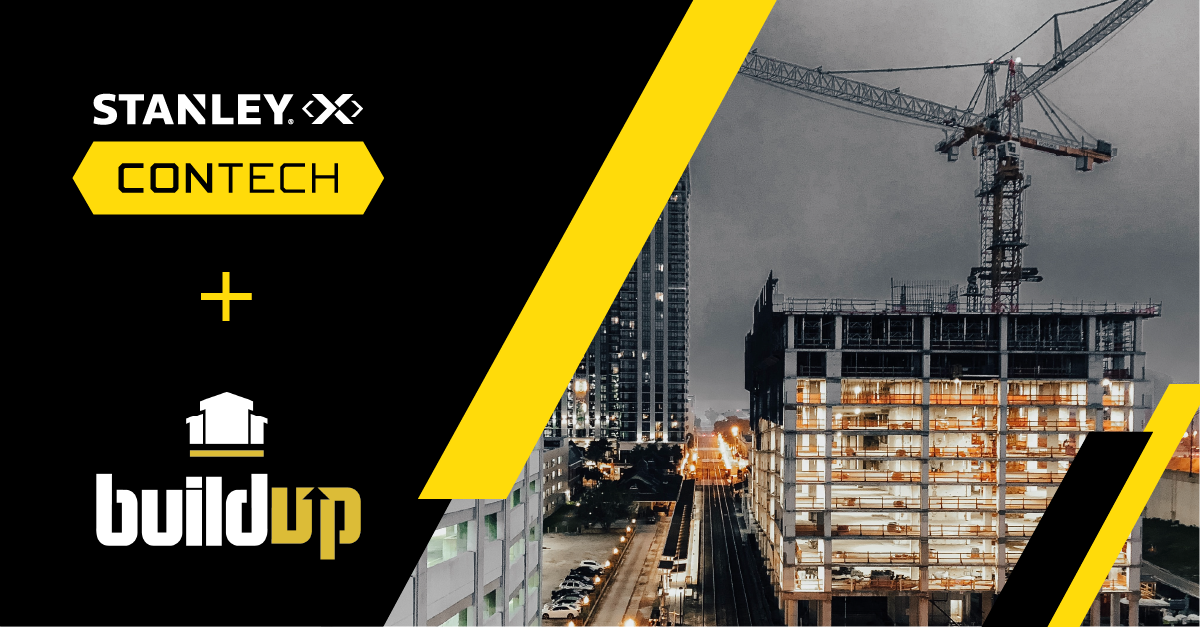The following is a guest post written by David B. Lever.
David B. Lever founded the law firm, David B. Lever & Associates, PLLC in 2014 and is the firm’s top legal strategist. He has fought for the rights of accident victims and consumers for over 24 years. His area of practice is Personal Injury-Plaintiff, which includes construction accidents.
When construction sites are safer, then productivity increases as well as profits. More construction safety means less time lost due to accidents, lower insurance premiums, and less money spent repairing damaged equipment.
The construction industry has never been big on adopting emerging technology. However, as I mention on my website LeverInjuryLaw.com, many construction workers are injured on the job which requires the industry to be all ears when it comes to emerging technology that can help enhance profits and lower construction accidents.
Wearable Technology
Wearable technology has been floating around the construction industry for years, but advances in the abilities of wearables to keep construction sites safe have created waves of innovations that construction companies are implementing all over the world. Wearables have a broad range of uses that can help to keep workers safe, and even detect an injury before it occurs.
A worker is often unable to tell when they are pushing their body beyond the limits of their abilities. The way a worker bends, lifts items, and twists their body can all result in serious and potentially long-term injuries. Wearables measure those thresholds and give construction safety officers valuable information that can be used to better train workers and to make sure that the workers have the right equipment.
Wearables can also show the effects of utilizing certain types of equipment on a worker's' body. Jackhammers have been on job sites for decades, but safety officers could never accurately determine what kind of damage, if any, jackhammers were doing to workers' backs, arms, and legs. With this new emerging technology, safety officers can gather a lot of valuable data they can use in their ongoing evaluations.
Drones
How can drones help with construction safety? Drones can get into positions humans cannot to evaluate an ongoing project and see if there are any safety concerns. Drones can be used by safety officers to make sure that work is being done according to safety regulations. Also, drones can let engineers know if there are parts of the project that are unsafe for workers to enter.
With a drone, a construction company can see every aspect of a project and determine if there are any building errors that need to be repaired. Drones can help keep work sites secure, and drones can also help pinpoint accident locations so that first-responders can get to workers quickly and save more lives.
3D Models
These days, 3D printing is readily available to any construction company that wants to use it. With 3D modeling, engineers and architects can create more accurate models for clients, and those models can be used to precisely plan the building process.
While 3D modeling on a computer screen is helpful, it does not allow engineers to see real potential points of failure that could result in serious injuries. With modern 3D printing, project managers can accurately determine how much labor is needed to complete a project and keep labor costs down. A 3D model can also alert engineers to any issues that could occur between the structure and the site during construction and help prevent accidents before they can even happen.
Emerging technology is starting to show up in the construction industry in many different ways. Construction project managers know that a safe work site is a profitable work site, and that is why so much emphasis is being placed on using new technology to prevent accidents and raise construction safety to a whole new level.











In the midst of fierce discourse over the bipartisan infrastructure bill lies a unique opportunity for the United States.